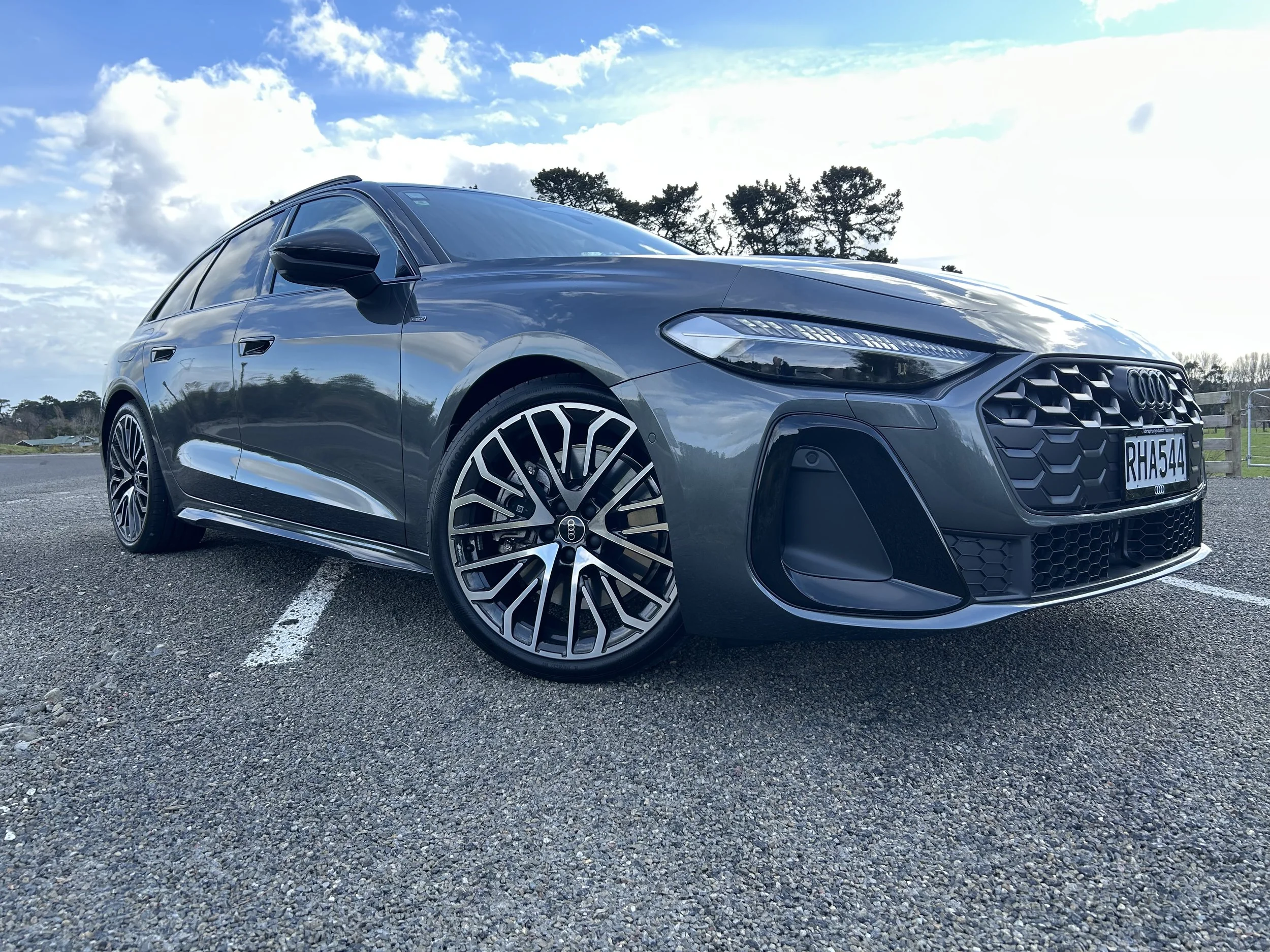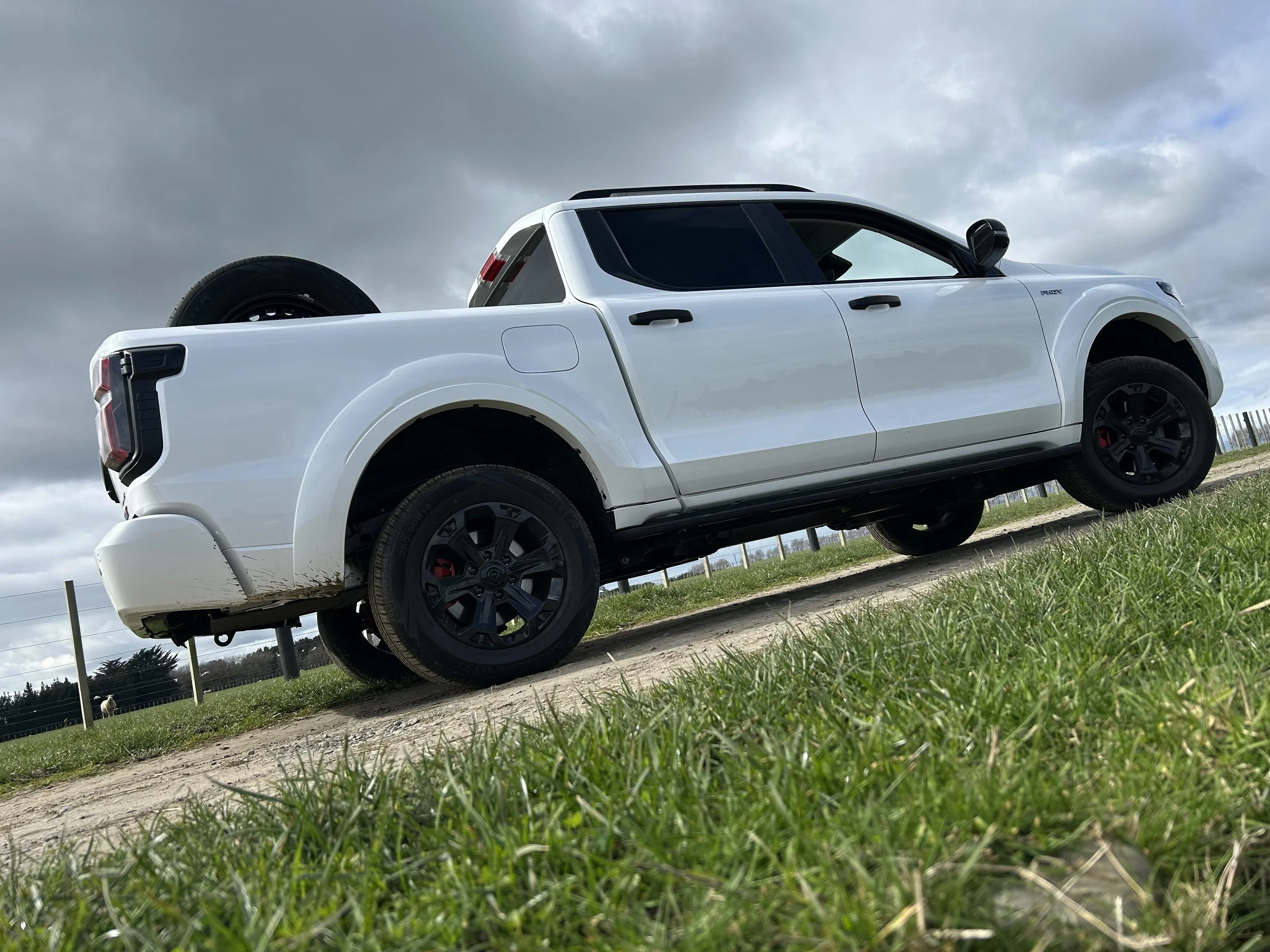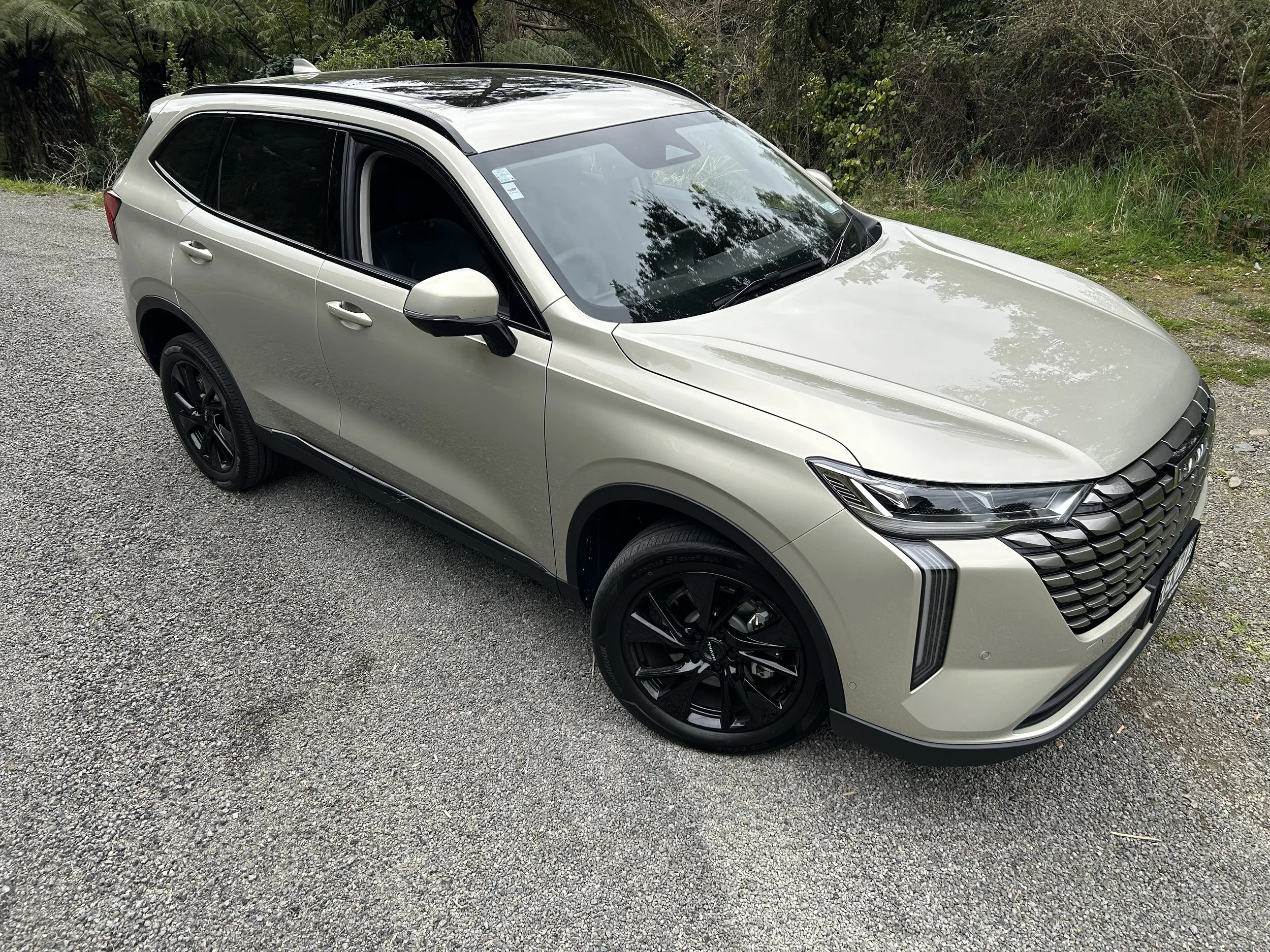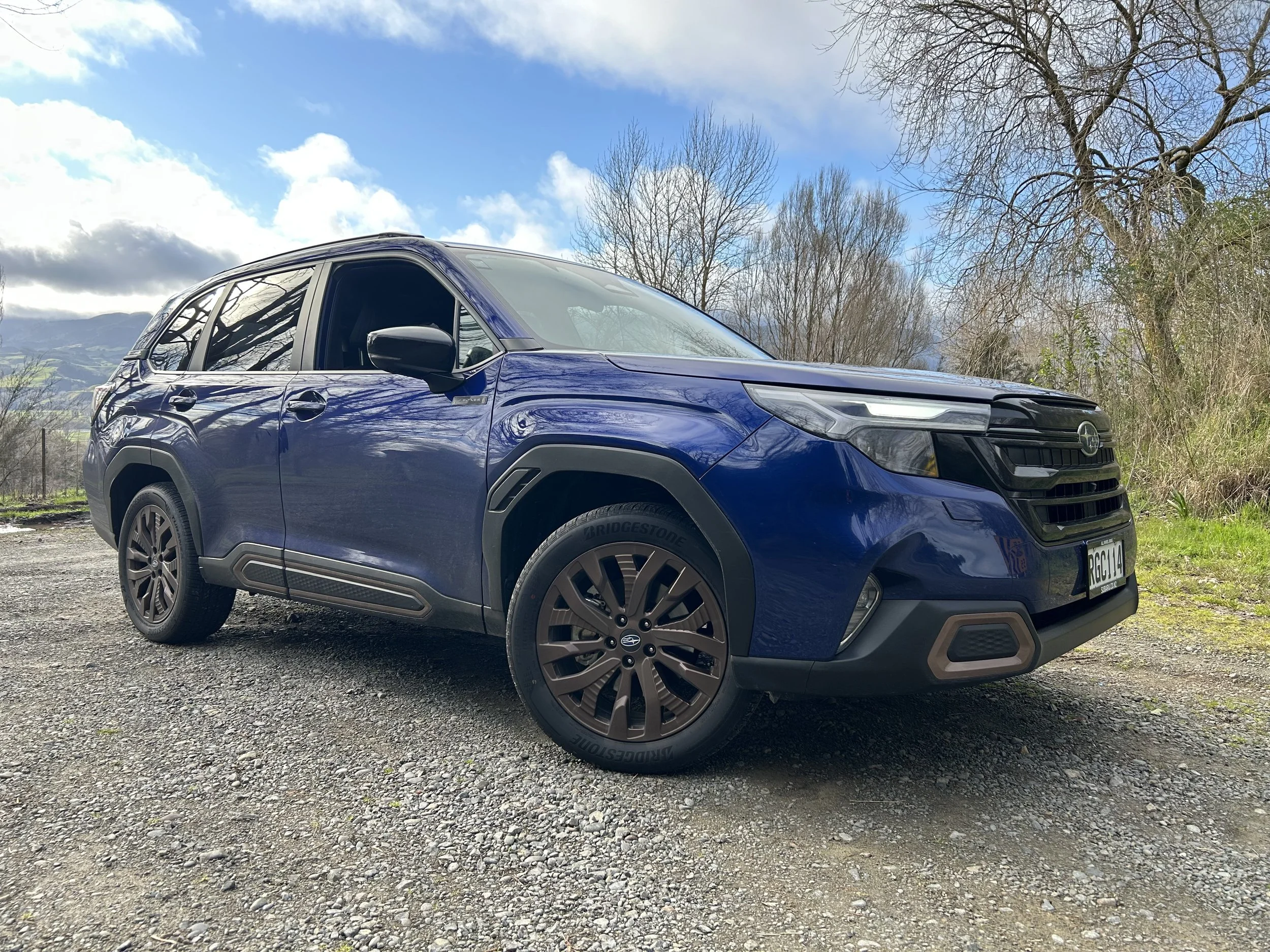Five out but local spec still under wraps
/The BMW 5-Series promises so much – but, for now, the distributor can say so little.
LOTS of key information is out but very few New Zealand market specifics are being shared about the next BMW 5-Series.
BMW New Zealand has lent impression that New Zealand seems to be among those markets that is cited to see the car on or around its international launch day of February 11.
The Auckland-based distributor also suggests that the new, seventh generation G30 lineup will be comparable to the brand’s present span of F10 offerings, which ticks off in 3.0-litre six-cylinder 535i and 4.4-litre eight-cylinder 550i petrol models, plus a 3.0-litre 530d diesel.
However, with plug-in electric hybrid and four-wheel-drive options now becoming available in addition to the previous pure petrol and diesel and rear-drive options, that assertion might well only hold true for the short term.
That’s conjecture as it is for now steering clear of commenting about what specific models, bodyshapes, powerplants, drive layouts and technology is likely to be seen here, with corporate communications manager Paul Sherley explaining many of local market matters were still being worked through so it was unlikely this level of detail will not be released until closer to the launch.
“We are still working through those details with the factory so those announcements will occur a lot closer to the launch.”
It also says that, though the model is just a handful of months from appearing here, it is way too early to discuss pricing. The current six-cylinders cost $132,000 and the 550i is a $169,500 ask.
In respect to a launch date, Sherley said: “The car is globally on sale in February and we will be launching at a similar time as that.” So NZ could get supply at the same time as all the ‘big boy’ markets? “Indeed we can. It is a co-ordinated global launch.”
Medium and large sedan sales have been in a slump and though Sherley was unable to provide sales date relating to the current car’s performance, he said that despite the change in market climate the Five was still a very important here and internationally.
“From a technology, luxury and performance point of view it still has a lot of relevance in our range despite the interest in uptake of SUVs.”
He cited the Mercedes Benz E-Class as a key competitor, acknowledging that the Benz has much the same level of all-but-autonomous driving functionality as the new Five though, he added, BMW felt that it had started that trend with the Seven Series.
“The E-Class and, to an extent, the Audi A6 is its natural competitors. You can see that a lot of the technology from the Seven has shown up on the E-Class … the Five goes even further than the Seven.”
The Five had more driver assist tech than the flagship Seven, he said, and it was possible that factor would spur a renewed interest.
“I think the level of technology in the car is amazing and outstanding. It really provides a glimpse of some of the future tech available. It really is a showpiece for what BMW can do.”
There has been media conjecture that BMW was rushed into announcing the Five after images of an undisguised example hit the internet earlier this week.
However, Sherley says the brand had long ago cited October 13 as D-Day for the international reveal of the new model and this information had been relayed to distributors, New Zealand included, some time ago.
“This day was planned. This was always on the cards.”
Measuring 4936mm long, 1868mm wide and 1479mm tall, this seventh-generation 5 Series is 37mm longer, 8mm wider and 15mm taller than its predecessor.
Despite its larger size, the sedan is up to 100kg lighter than its predecessor, thanks to the increased use of lightweight materials including aluminium and high-strength steels in its construction.
On the technology side, the model has a new Active Cruise Control system, along with the steering and lane-keeping assistant smart enough to allow the car to accelerate, brake and steer itself from zero to 210kmh.
BMW ConnectedDrive adds new features including ParkNow – which offers digital parking space reservation and payment – along with an on-street parking search function, and the optional Parking Assistant; which detects vacant spaces and parks the vehicle automatically.
The model has a new full-colour head-up display, which boasts a projection surface 70 percent larger than before and can display traffic signs, phone listings, radio stations, music tracks, navigation prompts and warnings from assistance systems.
The iDrive infotainment system incorporates Apple CarPlay – which, in an automotive first, is fully wireless. Other features include wireless phone charging, a WiFi hotspot for up to 10 devices, and the newRemote 3D View function which allows owners to access a three-dimensional view of the car’s surroundings remotely through their smartphone.
Passengers are catered for with touch-operated seat controls, four-zone climate control with ionisation and air fragrancing, along with sound-cancelling technologies in the windscreen and headliner to reduce noise vibration harshness (NVH) levels in the cabin.
Adaptive LED headlights are available as an option, offering variable light distribution and adaptive roundabout lighting and anti-dazzle high beams with a 500-metre range.
The powertrain options announced so far span new and improved turbocharged petrol and diesel powertrains.
Kicking off the petrol line is the 528i-replacing 530i, employing a 2.0-litre turbo four-cylinder offering 185kW of power and 350Nm of torque for 0-100kmh time of 6.2 seconds (6.0 seconds with xDrive all-wheel drive), while fuel use is rated as low as 5.4L/100km on the combined cycle.
Next up is the 540i, which succeeds the 535i. It has a 250kW/450Nm 3.0-litre turbocharged six-cylinder. BMW quotes 0-100kmh in 5.1s (4.8 with xDrive), while fuel consumption is rated at 6.5L/100km.
Also announced as being available from launch are 520d and 530d turbodiesels. The first is a 2.0-litre four-cylinder making 140kW/400Nm and the latter is a 3.0-litre with 195kW/620Nm. The 520d is claimed to cover 0-100kmh in 7.7 seconds (7.6s with xDrive), while fuel use is rated at 4.1L/100km. the 530d will crack up to the legal highway limit from a standstill in 5.7 seconds (5.4 with xDrive) and sips at 4.5L/100km.
Coming later are a 530e iPerformance PHEV and a performance flagship, the M550 xDrive, that will sit atop the range until the next M5 hits showrooms.
Surely a certainty to join the 330e, 740e and X5 xDrive40e in the local PHEV range, the 530e is powered by a 2.0-litre petrol engine coupled to an electric motor. Combined outputs are quoted at 185kW and 420Nm. Zero to 100kmh occurs in 6.2 seconds and BMW quotes an all-electric range of up to 45km, while fuel use is rated at 2.0L/100km.
A 340kW/650Nm turbocharged 4.4-litre V8 petrol engine and all-wheel drive allows the M550i xDrive to smash out 0-100kmh in just 4s – which is 0.2 seconds quicker than the current M5. Fuel consumption is rated at 8.9L/100km.

















